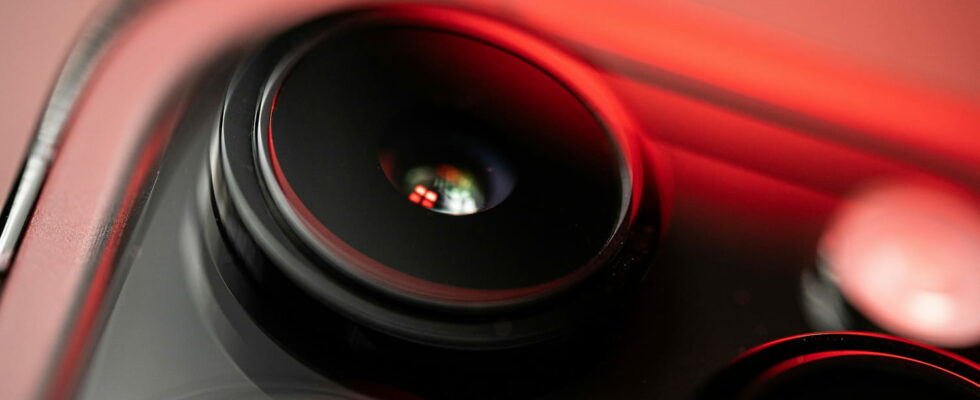American and Korean researchers are developing an electronic chip for smartphones capable of seeing through obstacles, particularly walls. An innovation that opens the way to numerous applications.
As curious as it may seem, it was Superman’s vision of seeing through walls that inspired the research of a team of scientists from the University of Texas at Dallas and Seoul National University. These eminent researchers have thus developed an electronic imaging chip – a sort of photo sensor – capable of detecting objects hidden behind obstacles such as dust, smoke, cardboard or even partitions, and which could soon be integrated in smartphones and other portable devices.
The principle of this revolutionary innovation is based on medium frequency electromagnetic waves, between 200 and 400 GHz. Frequencies much lower than light waves, between 350 and 750 THz. Invisible to the human eye, they make it possible to create images of objects hidden behind various barriers. But without any danger for humans, unlike the famous X-rays, which are harmful to health. This technology is in fact similar to that used in airport security screening devices, but much more miniaturized, which is what makes it so interesting.
One of the particularities of this technology is that it does not require a lens or optics: in fact, the chip detects the waves reflected by the target objects to create pixels and form images. Researchers have worked for more than fifteen years to make this sensor small enough to be integrated into mobile devices such as smartphones. Above all, they sought to miniaturize it without sacrificing image quality. Which they managed to do thanks to advanced digital signal processing techniques.
To address the privacy concerns this technology raises, the researchers limited the range of the chip to about 2.5 cm. So, to scan an object, you would have to be very close, which makes discreet malicious use difficult. However, the next version of this chip could see at a distance of 12 cm.
This technology promises many practical applications. For example, to easily find studs, cables or pipes hidden behind walls during renovation work. but also detect cracks in pipes, inspect the contents of packages without opening them, or even improve safety checks. For the moment, it cannot be used on human bodies, because the water contained in living tissues absorbs the waves used. But according to researchers, it could one day see through the skin, for medical applications
Although this technology is still in the development phase, researchers are optimistic about its potential. They emphasize the importance of continuing to work on the security and limitations of the chip to avoid malicious uses of this “super vision”. But there is no doubt that this breakthrough will pave the way for numerous innovations in multiple areas.
